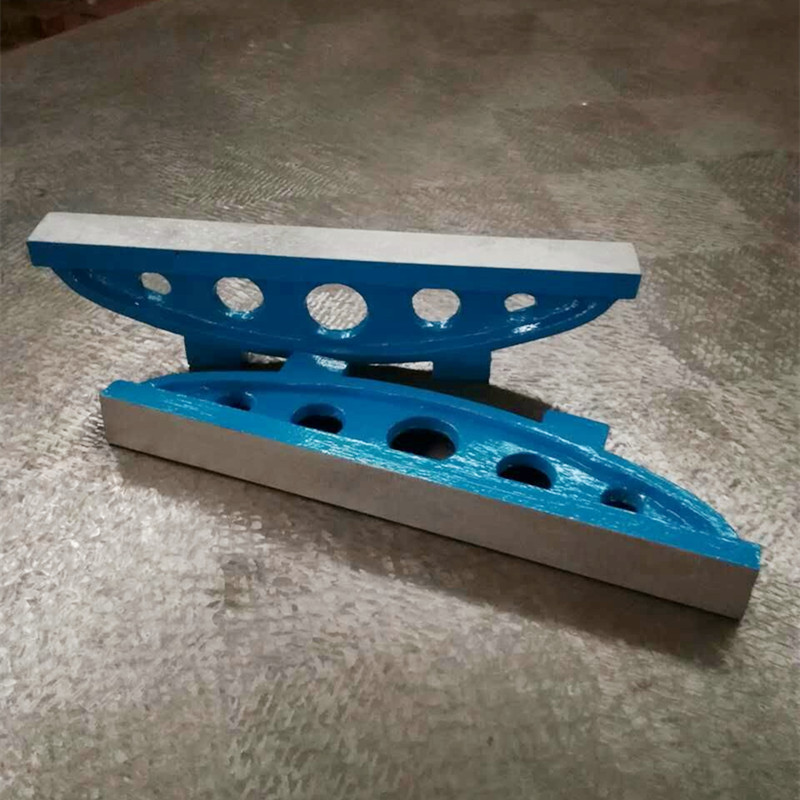ඔක්. . 12, 2024 05:30 Back to list
pressure control valve types
Understanding Pressure Control Valve Types A Comprehensive Overview
Pressure control valves (PCVs) are essential components in various industries, ensuring that pressure levels within systems remain within designated limits. These valves play a critical role in maintaining safety and efficiency in applications such as fluid flow, gas regulation, and hydraulic systems. In this article, we will explore the different types of pressure control valves, their functions, and their applications.
1. Relief Valves
Relief valves are designed to protect equipment from excessive pressure build-up. They automatically open to release pressure when it exceeds a predetermined limit, thereby preventing potential damage to pipes, tanks, and other components. These valves are crucial in systems where pressure spikes can occur unexpectedly, such as in boilers and hydraulic systems. There are two main types of relief valves spring-loaded and pilot-operated. Spring-loaded relief valves use a spring mechanism to control the opening pressure, while pilot-operated valves utilize a smaller pilot valve to control a larger main valve, allowing for more precise pressure regulation.
2. Regulating Valves
Regulating valves, or pressure-reducing valves (PRVs), are critical for maintaining desired pressure levels downstream of the valve. They adjust the flow of fluids to ensure that the pressure remains constant, despite variations in upstream pressure or flow rates. This is particularly important in water supply systems, gas distribution networks, and steam systems. Regulating valves can be either mechanical or electronic. Mechanical regulating valves operate based on mechanical components, while electronic variants use sensors and automated controls for more accurate adjustments.
pressure control valve types

Back pressure regulators are specialized valves that maintain a constant pressure upstream in a system while allowing for fluctuation in downstream pressure. These valves are often used in processes that require a consistent upstream pressure for optimal operation of pumps and other equipment. By controlling the back pressure, these valves help to ensure that the fluid or gas being transported meets necessary pressure requirements, enhancing efficiency and system integrity.
4. Safety Valves
Safety valves are similar to relief valves but are specifically designed to protect equipment from overpressure situations that could lead to catastrophic failures. These valves open automatically in the event of an emergency, releasing fluid or gas to lower the pressure and prevent explosions or structural damage. They are commonly used in the chemical, oil and gas, and power industries where high-pressure systems are prevalent.
5. Pressure Switches
Though not a valve in the traditional sense, pressure switches are essential devices used in conjunction with pressure control valves. They monitor the pressure in a system and can automate the operation of valves based on preset pressure levels. When the pressure reaches a specified threshold, the switch activates the valve to open or close, adjusting the flow and maintaining desired pressure conditions. These are widely used in HVAC systems, fire protection systems, and various industrial applications.
Conclusion
Understanding the various types of pressure control valves is essential for engineers, technicians, and operators in ensuring the safe and efficient operation of systems across different industries. Each type of valve has its unique functions and applications, making it crucial to select the appropriate valve based on specific system requirements. As technology advances, the development of more sophisticated pressure control valves continues, offering improved performance, reliability, and safety. Proper maintenance and regular inspections of these valves are also vital in preventing failures and ensuring the longevity of the equipment they protect. By recognizing the significance of pressure control valves and their types, industries can better manage their operations and maintain safety standards effectively.
-
Straight Edge Rulers: Precision and Durability for Every JobNewsMay.20,2025
-
Precision with Every Angle: Discover the Best 90 Degree Angle RulersNewsMay.20,2025
-
Precision in Every Measure: Discover the Best Parallel Rulers for SaleNewsMay.20,2025
-
Perfect Your Measurements with the Right Angle SquareNewsMay.20,2025
-
The Role of Cast Iron T Slot Plates in RoboticsNewsMay.12,2025
-
The Importance of Parallel Rulers in Mechanical EngineeringNewsMay.12,2025
Related PRODUCTS









